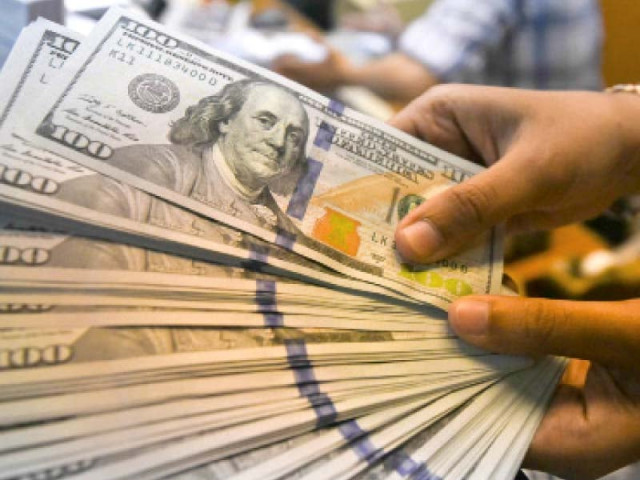Pakistan eyes another $1b debt relief from G-20
Bakhtiar says Debt Service Suspension Initiative Phase III to provide fiscal space to mitigate Covid impact

The global debt payments suspension initiative has provided a temporary relief of around $3.5 billion to Pakistan and one-third of the relief has come from China, reducing immediate borrowing requirements by the same amount.
Under the third-phase (July-December 2021) of the Debt Service Suspension Initiative (DSSI) by the G-20 countries, Pakistan will get around $1 billion relief, the economic affairs ministry said on Friday. This includes $785 million worth of pause on principal loan repayments and the remaining on account of interest repayments.
An International Monetary Fund (IMF) staff report has put the relief amount under first two phases at $2.5 billion. This has brought the total temporary relief to $3.5 billion under three phases.
The debt relief will provide much needed fiscal space for mitigating socioeconomic impact of Covid-19, and meet urgent health and economic needs of the country, said Federal Minister for Economic Affairs Khusro Bakhtiar
The G-20 finance ministers and central bank governors in a joint communiqué have announced a final 6-months extension in Debt Service Suspension Initiative from July to December 2021. Bakhtiar has welcomed the announcement.
The ministry said that Pakistan would likely to get debt suspension of about $900 million to $1 billion from bilateral creditors under DSSI Phase-III. To avail the relief, each country would be required to make a formal request and the ministry said the government of Pakistan would take a decision in due course after due deliberation.
Pakistan along with 76 other poor African countries had qualified for the G-20 debt relief initiative, announced in April last year, initially for May-December 2020 period, to combat the adverse impacts of the pandemic.
Although Pakistan has been availing the G-20 debt relief and a $1.4 billion emergency IMF funding, it has not adequately placed the resources to procure the coronavirus vaccines. The country remains at the bottom of regional countries in drive to vaccinate the people against the deadly disease.
The $3.5 billion relief reduces the government’s borrowing requirements for the next fiscal year by the same amount. The IMF staff level report stated that Pakistan’s participation in the G20 initiative has reduced its gross financing requirements, which are now estimated at $23.6 billion for the next fiscal year.
The repayments of the principal as well as the interest amounts have been paused for three to four years. Once the repayments begin, these will add to the maturing loans and hence enhance the borrowing requirements in the future.
China remains the single largest country that has provided a total $1.2 billion relief, including $516 million in the third phase. The economic affairs ministry’s estimates show that Pakistan will get a total around $740 million worth of temporary relief from Saudi Arabia in three phases.
A $395 million relief is expected from France till end of this calendar year, including $108 million under the third phase. About $110 million debt suspension is expected from Germany, $796 million from Japan, $75 million from South Korea and $260 million from the United States till December this year.
Pakistan owes $25.4 billion to the Group of 20 rich nations as of August last year. Pakistan’s public debt situation remain precarious, as its obligations have peaked to 94% of the gross domestic product, which is quite alarming for a nation that pays its loans by taking fresh loans.
In the next fiscal year 2021-22, the IMF has estimated the repayments of loans by the public sector at $14 billion. These include $6.1 billion short-term loan repayments, $7 billion long term loans and $1 billion sovereign bond repayment.
In order to show that the country has arranged all the funds needed to make these payments, the IMF has shown rollover of the $6 billion worth of debt by the public sector as ‘available financing’, which is not an ideal situation.
A borrower seeks rollover only when it is not in a position to repay its debt. Yet the IMF has described Pakistan’s debt situation as sustainable in its report.



















COMMENTS
Comments are moderated and generally will be posted if they are on-topic and not abusive.
For more information, please see our Comments FAQ